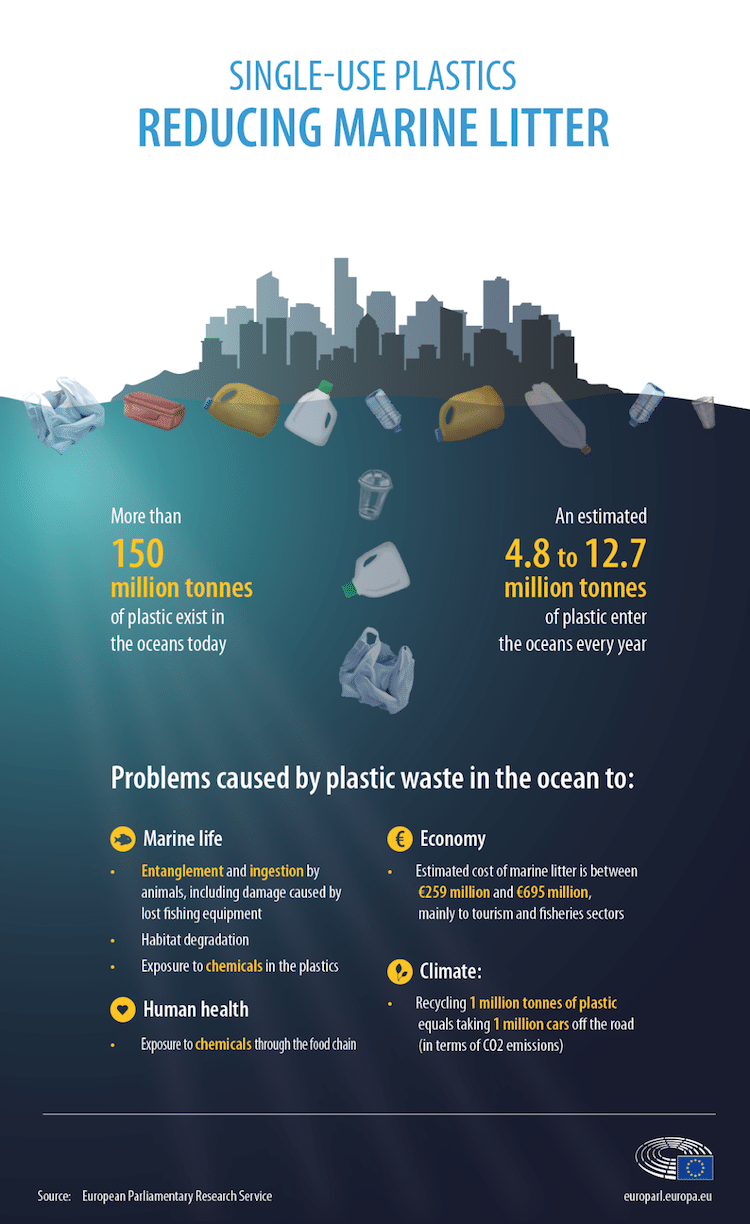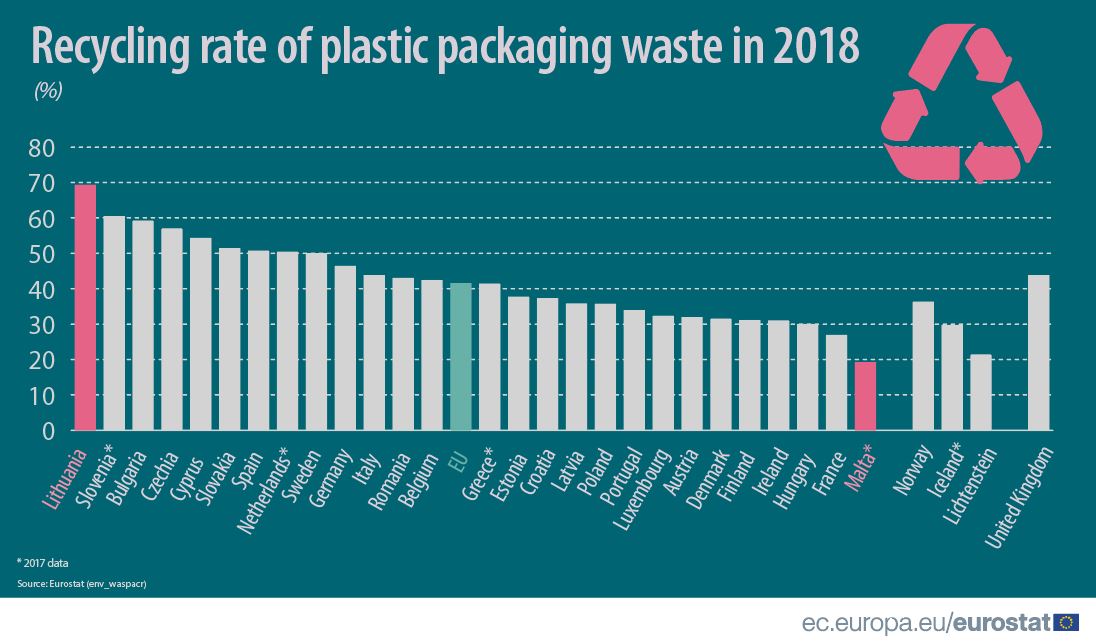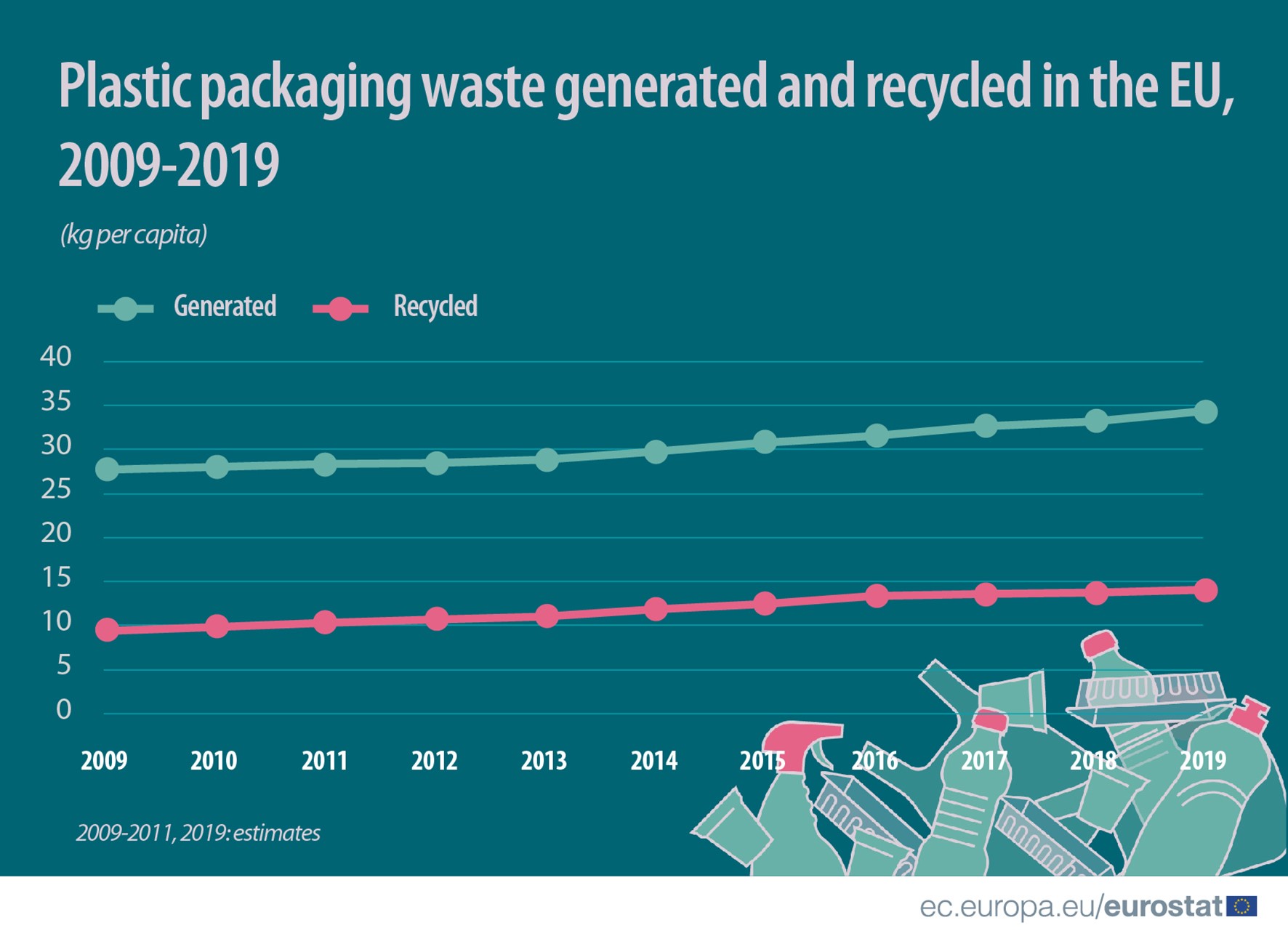Books
-
Business Models for the Circular Economy by Increased ecological awareness and the growing scarcity of resources have led to the introduction of new environmental standards, triggering enterprises, regions, and even countries to adopt new business models and industrial reconversion approaches. However, despite increased interest in business models and their innovation, it still lacks the integration of circularity and sustainability and to date research on these areas is still limited. This book, therefore, provides readers with a closer picture of the issues of business models and their innovation for the circular economy in Europe, where the issues of sustainability and the shift towards the circular economy have become cornerstones of European policies and documents and where significant differences have been identified between firms and countries. This book provides a unique view of different European perspectives and enables the reader to compare the situation in countries with completely different historical and economic conditions as well as with different perceptions of the need for the actions leading to the sustainable development and to the shift towards the circular economy.
ISBN: 9783031083129Publication Date: 2022-10-18 -
The Circular Economy in Europe by The Circular Economy in Europe presents an overview and a critical discussion on how circularity is conceived, imagined and enacted in current EU policy-making. In 2013, the idea of a circular economy entered the stage of European policy-making in the efforts to reconcile environmental and economic policy objectives. In 2019 the European Commission declared in a press release that the Circular Economy Action Plan has been delivered. The level of circularity in the European economy, however, has remained the same. Bringing together perspectives from social sciences, environmental economics and policy analysis, The Circular Economy in Europe provides a critical analysis of policies and promises of the next panacea for growth and sustainability. The authors provide a theoretical and empirical basis to discuss how contemporary societies conceive their need to re-organise production and consumption and explores the messy assemblage of institutions, actors, waste streams, biophysical flows, policy objectives, scientific disciplines, values, expectations, promises and aspirations involved. This book is essential reading for all those interested in understanding how ideas about the circular economy emerged historically, how they gained traction and are used in policy processes, and what the practical challenges in implementing this policy are.
ISBN: 0367183587Publication Date: 2019-12-12 -
Circular Economy in the European Union by The implementation of the circular economy will entail a major transformation from a resource-destroying, linear economy to a circular one that operates within the planet's regenerative boundaries. This book presents an interim assessment of the implementation of a circular economy in the EU. It reveals what achievements have been made in various EU institutions, but which are scarcely perceived by the public; which basic scientific principles can be applied in this context; and what NGOs are demanding beyond this progress. It provides convincing arguments for abandoning the "hamster wheel" of material-based satisfaction of our needs, and shows that the primacy of the economy stands in the way of a good life for all. Given its focus, it will appeal to everyone interested in an ecologically sustainable economic system.
ISBN: 3030502384Publication Date: 2020-09-24 -
The Impossibilities of the Circular Economy by The fifth Factor X publication from the Federal Environment Agency (Umweltbundesamt, UBA), The Impossibilities of the Circular Economy provides an overview of the limits to the circular economy, emphasising the relationship between integrated resource use and more systemic leadership-management approaches. On a European level, the book ties into the recent European Green Deal and aims to empower actors across sectors and EU member countries to transition from existing linear models of value capture and expression to more systemic-circular solutions of value capture and expression. The volume provides a hands-on contribution towards building the knowledge and skill sets of current and future decision-makers who face these complex-systemic crises in their day-to-day business. The book further provides access to best practices from cutting-edge research and development findings, which will empower decision-makers to develop a more sustainable and equitable economy. Providing solutions for a more sustainable economy, this book is essential reading for scholars and students of natural resource use, sustainable business, environmental economics and sustainable development, as well as decision-makers and experts from the fields of policy development, industry and civil society. The Open Access version of this book, available at www.taylorfrancis.com, has been made available under a Creative Commons Attribution- Non Commercial- No Derivatives 4.0 license.
ISBN: 1032154438Publication Date: 2022-11-21
Glossary/Research Terms
Circular Economy: An economic model designed to minimize waste and maximize the use of resources by keeping them in use for as long as possible, extracting their maximum value and then recovering and regenerating materials at the end of their life.
Closed-loop system: A system where resources are reused and recycled, keeping materials in use and out of waste streams.
Cradle to Cradle: A design concept in which products and materials are designed to be reused, recycled or composted at the end of their life, without losing their value or becoming waste.
Life cycle assessment (LCA): A method used to evaluate the environmental impacts of a product or service over its entire life cycle, from raw material extraction to disposal.
Remanufacturing: A process where used products are disassembled, cleaned, repaired, and reassembled to a quality standard equivalent to that of a new product.
Repairability: The ability of a product to be repaired and maintained, extending its lifespan and reducing the need for replacement.
Reuse: The process of using a product or material again for its original purpose or for a different purpose.
Recycling: The process of converting waste materials into new products or materials.
Upcycling: The process of transforming waste or low-value materials into new products of higher value.
Waste-to-energy: The process of converting waste materials into usable energy, such as heat or electricity, through various methods including incineration and gasification.
Circular Economy
A Circular Economy is a model of production and consumption, which involves sharing, leasing, reusing, repairing, refurbishing, and recycling existing materials and products for as long as possible.
- The EU adopted its Circular Economy Action Plan (CEAP) in March 2020 as part of the European Green Deal
- The plan aims to combat waste and encourages sustainable consumption and the reuse of resources for as long as possible. The plan also aims to target how products are designed to increase sustainable products.
- The plan will focus on sectors that use the most resources including:
- Packaging
- Plastics
- Textiles
- Food and water
- Construction and buildings
Textiles are on average have the fourth highest negative impact on the environment and climate change. Shifting to a circular textile production will allow for textiles to be in use longer and reduce their negative impact. The three main aspects to target when it comes to circular textile production is durability, repairability, and recyclability.
- Environmental impacts in the production phase result from the cultivation and production of natural fibers such as cotton, hemp, and linen (e.g. use of land and water, fertilizers, and pesticides)
- Manufacturing textiles requires large amounts of energy and water
- During use and maintenance — washing, drying, and ironing — electricity, water, and detergents are used
- textiles often end up in general waste and are incinerated or landfilled
- each garment is used an average of seven or eight times
Plastics
Plastic is one of the most used materials in our daily lives, thus leading to very high consumption. The two main aspects of plastic usage the EU is trying to combat are plastic pollution and marine litter.
- Almost 26 million tons of plastic waste is generated in Europe
- Around 80% of marine litter is plastic
- Each person in the EU generated around 34.6 kg of packaging waste, but only 38% was recycled
Resources
https://environment.ec.europa.eu/strategy/circular-economy-action-plan_en - This page features the EU's Circular Economy Action Plan which outlines various initiatives and policy measures designed to reduce waste and promote the reuse, recycling, and sustainable production of goods and materials. The plan focuses on several key areas, including product design, waste management, and resource efficiency, and includes targets for reducing waste and increasing the use of recycled materials in the EU economy. It also provides resources and information on the EU's broader environmental and sustainability efforts, including initiatives related to climate change, biodiversity, and the circular bioeconomy.
https://www.eea.europa.eu/media/infographics#c5=&b_start=0 - A collection of infographics created by the European Environment Agency (EEA) on various environmental topics. The infographics cover a range of subjects, including air and water quality, climate change, biodiversity, and sustainable development
https://www.plasticsrecyclers.eu/about/ - The Plastics Recyclers Europe (PRE) is an association that represents the European plastics recycling industry. The organization works to promote the circular economy for plastics by advocating for policies and initiatives that support sustainable plastic waste management and recycling practices.
https://plasticseurope.org/ - Plastics Europe website is an organization that is committed to supporting a circular economy for plastics, and works to ensure that plastics are used and managed in a way that is environmentally and socially responsible.
https://environment.ec.europa.eu/topics/plastics_en - This page provides information about the EU's efforts to address plastic waste and promote more sustainable use of plastics. It also covers a range of topics related to plastics, including the environmental impact of plastics, plastic waste management, and the circular economy for plastics. It also provides information about the EU's policies and initiatives related to plastics, including the Single Use Plastics Directive, the Circular Plastics Alliance, and the Plastics Strategy.
Consumer Rights Directive
The Consumer Rights Directive is comprised of consumer rules on a national scale that need to be given to consumers before purchasing goods, services, or digital content. In March 2022, the Commission proposed to amend the Consumer Rights Directive to require companies to provide additional information to consumers including:
-
Durability: Consumers must be informed about the guaranteed durability of products. If the producer of a consumer good offers a commercial guarantee of durability of more than two years, the seller must provide this information to the consumer. For energy-using goods, the seller must also inform consumers when no information on a commercial guarantee of durability was provided by the producer.
-
Repairs and updates: The seller must also provide relevant information on repairs, such as the reparability score (where applicable), or other relevant repair information made available by the producer such as the availability of spare parts or a repair manual. For smart devices and digital content and services, the consumer must be also informed about software updates provided by the producer.
The Unfair Commercial Practices Directive (UCPD) is a directive that protects consumers from false claims made by companies. The Commission also proposed to amend this directive by stating new practices companies must abide by including:
- Not informing about features introduced to limit durability, for example, a software which stops or downgrades the functionality of the good after a particular period of time;
- Making generic, vague environmental claims where the excellent environmental performance of the product or trader cannot be demonstrated. Examples of such generic environmental claims are ‘environmentally friendly', ‘eco' or ‘green', which wrongly suggest or create the impression of excellent environmental performance;
- Making an environmental claim about the entire product, when it really concerns only a certain aspect of the product;
- Displaying a voluntary sustainability label which was not based on a third-party verification scheme or established by public authorities;
- Not informing that a good has limited functionality when using consumables, spare parts or accessories not provided by the original producer.





